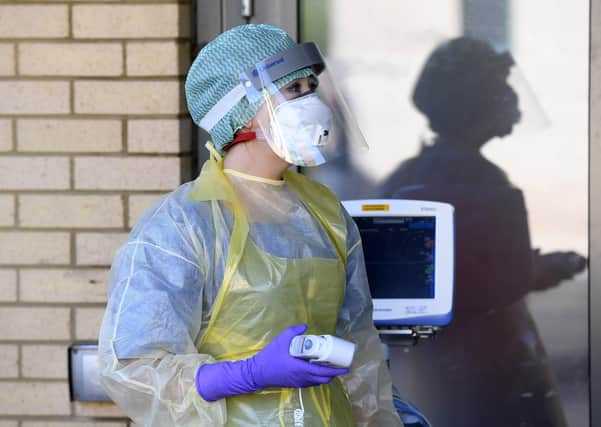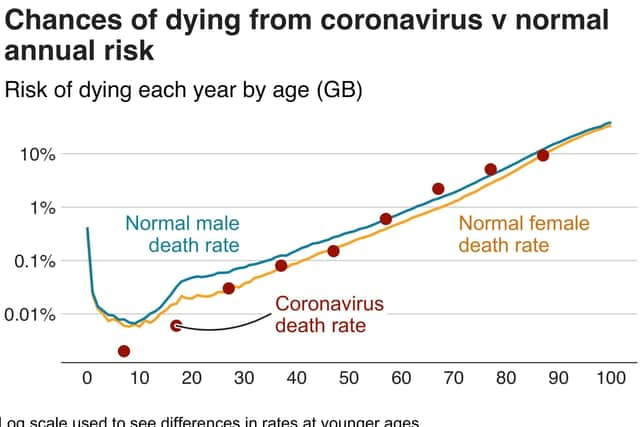Coronavirus: World Health Organisation accepts difficulties in ‘teasing out’ true death rates for Covid-19


The comments come as journalists, academics and politicians are increasingly trying to understand the true extent of the spread of the virus and the actual fatality rates – each one a personal tragedy.
The News Letter asked the World Health Organisation (WHO) if it has a formal definition for a Covid-19 death which would distinguish between someone who is killed by the virus and another who has Covid-19 but dies from another serious condition.
Advertisement
Hide AdAdvertisement
Hide AdWe also asked if WHO member states are adhering to such a definition when submitting death rates and whether the regular global death toll it publishes takes account of the difference.


A WHO spokeswoman said she “consulted three different experts and they all complimented [the News Letter] on an astute inquiry”. She did not suggest that WHO had a standard definition to assist members states in distinguishing the two types of death.
Measuring mortality is “challenging” for many diseases and, in effect, she said, the WHO figures are provisional, in part because of inconsistencies in death certificates in various countries.
WHO already uses models to estimate the number of deaths from any disease which are over and above the expected natural death rate, she said, noting that on the other hand, not everyone who dies from a disease will be tested for it.
Advertisement
Hide AdAdvertisement
Hide Ad“The same will be true for Covid-19. As you point out, it may also be difficult to tease out the cause of death. We will need to wait for more analyses of mortality data before we are able to say more.”
She added: “Sadly, there are large numbers of deaths in some countries putting huge pressure on the [death certificate] certifying clinicians. As a result there will be limitations as to how consistent the death certificates are between countries.”
Key government advisor Prof Neil Ferguson, of the Centre for Global Infectious Disease Analysis at Imperial College London, recently said it was not known what proportion of people who die of Covid-19 this year “would have died anyhow”.
He added that it “might be as much as half to two-thirds of the deaths we are seeing from Covid-19, because it affects particularly people who are either at the end of their life or with prior health conditions”.
Advertisement
Hide AdAdvertisement
Hide AdEx-pathology professor Dr John Lee also warned recently that there is “a clear need” for international agreement on how causes of death are recorded to give a better understanding of what is happening.
Despite the debate, however, there is strong consensus that social distancing is important to spread the impact of Covid-19 on the NHS over a longer time period.